When and how to fertilize eggplants and the best feeds to pick for bumper harvests
Everything you need to know to pick fertilizer for eggplants and avoid any feeding mistakes
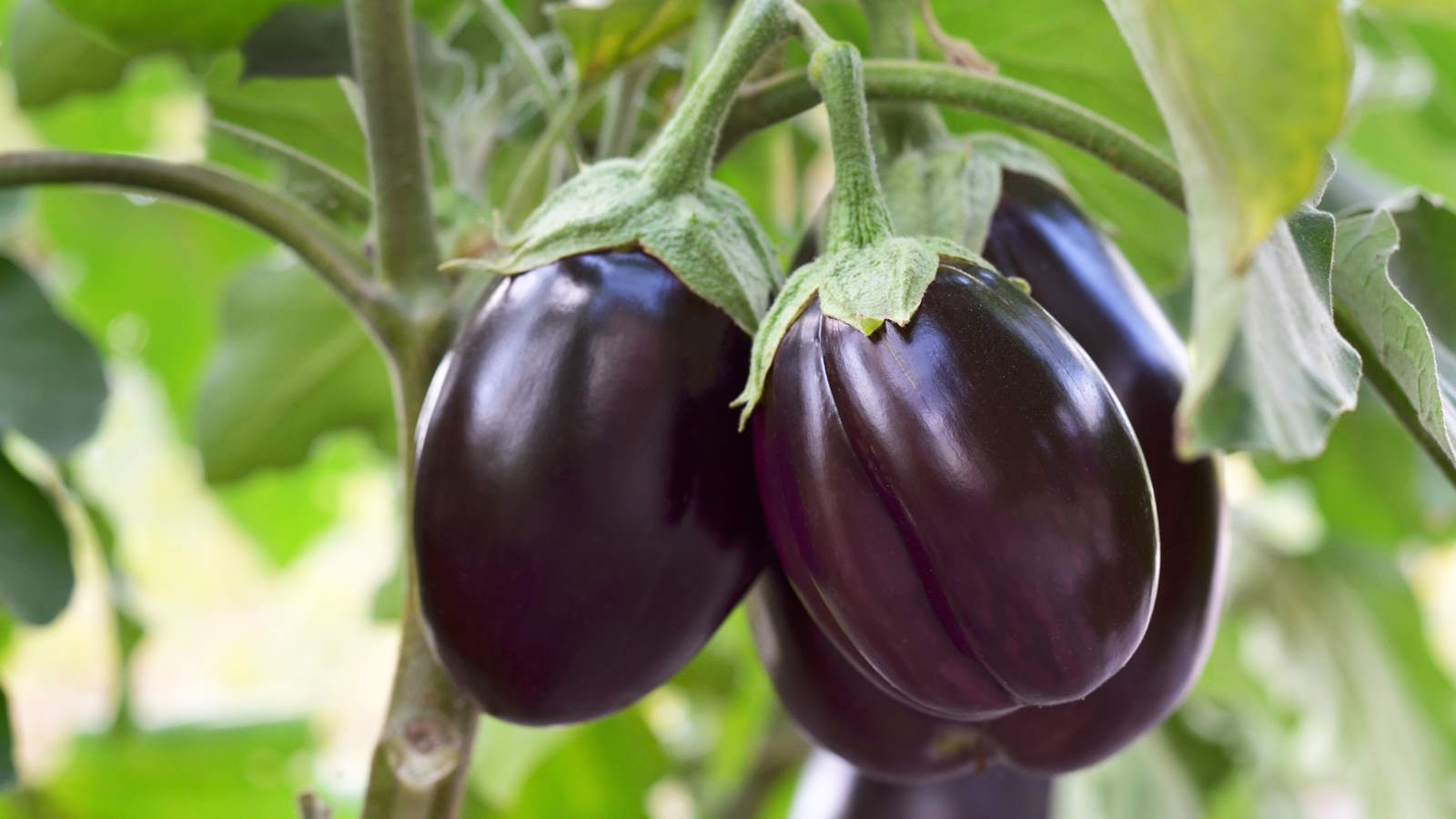

Eggplants need lots of nutrients for strong growth and to produce a great yield of fruits. The sun and the soil provide food for the plants to thrive, and the gardener gives a huge helping hand with fertilizers throughout the growing season.
There are lots of choices for feeds to use when growing eggplants each year. Garden center shelves will be packed with organic and inorganic fertilizers that benefit eggplants, while people can even make their own at home.
So what is the best fertilizer for eggplants? The facts are that plants want different nutrients at certain stages of their growth and using the right feed at the right time is a key aspect to get right. To help you succeed, we look at when and how to fertilize eggplants and give tips to help you pick the best fertilizers to use.
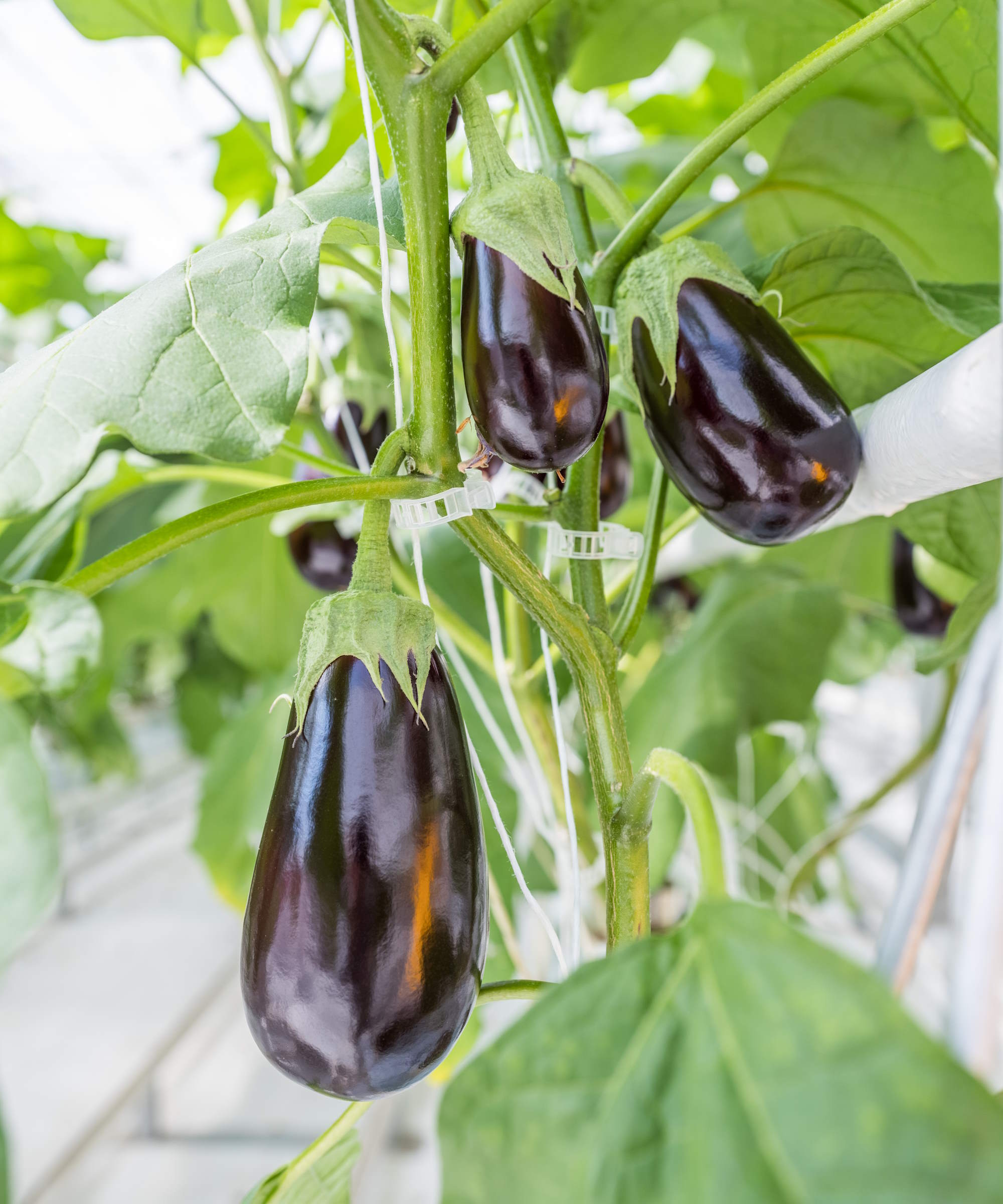
Do you need to fertilize eggplants?
Eggplants are heavy feeders that require lots of nutrients during the growing season. Feeding plants keeps them healthy and that leads to more eggplants to pick come harvest time.
Test your soil before fertilizing eggplants
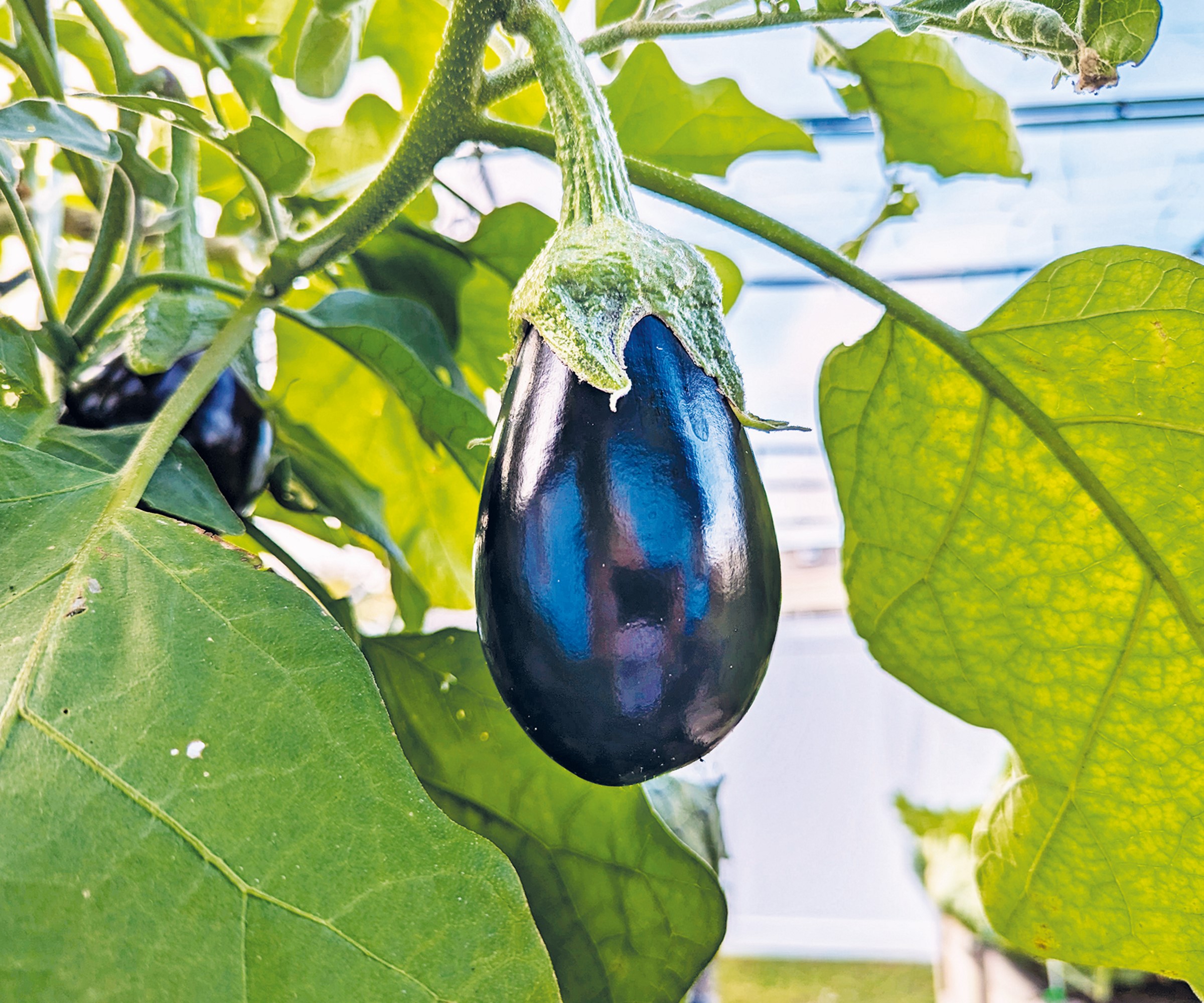
While eggplants will benefit from fertilizing, a soil test is the best method of determining the exact needs of plants. You can find out the soil’s pH and nutrient makeup by testing them before planting the crop. It is recommended to showcase what your soil may need to keep eggplants healthy.
‘Easy home soil test kits are available at your local nursery and online,’ advises Christy Wilhelmi, founder at Gardenerd. ‘Perform the test at the beginning of the season before planting to see what the soil needs, then amend based on what your soil lacks.’
While amendments can be made to the soil to solve any deficiencies, the soil type itself can impact any fertilizing schedule.
‘Clay soil holds nutrients much better than sandy soil,’ adds Christy. ‘In sandy soil, you may need to fertilize monthly to keep eggplants growing strong through the season, whereas in clay soil you may only need to fertilize at the beginning of the season and maybe once mid-season.’
An ideal soil for eggplants is free-draining and fertile, with a slightly acidic pH of 5.5-7.0.

Christy has been growing her own food for almost three decades. She is a garden speaker, and offers classes, lectures, on-site consulting, and food garden design throughout Los Angeles with growing spaces for vegetables and fruits.
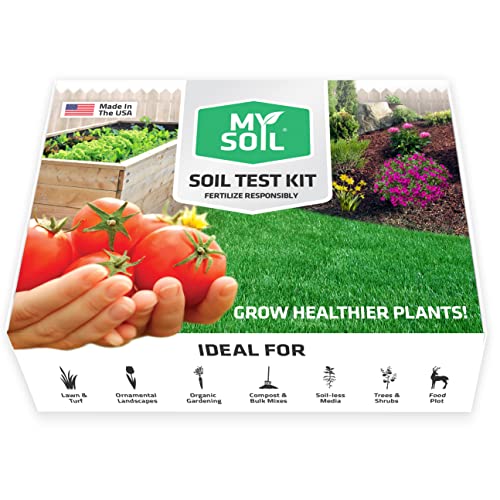
An easy-to-use soil test kit, complete with mail-in professional lab analysis that measures 13 plant available nutrient levels, including nitrogen and pH. Online results in 6-8 days with tailored organic and synthetic fertilizer recommendations.
When and how to fertilize eggplants
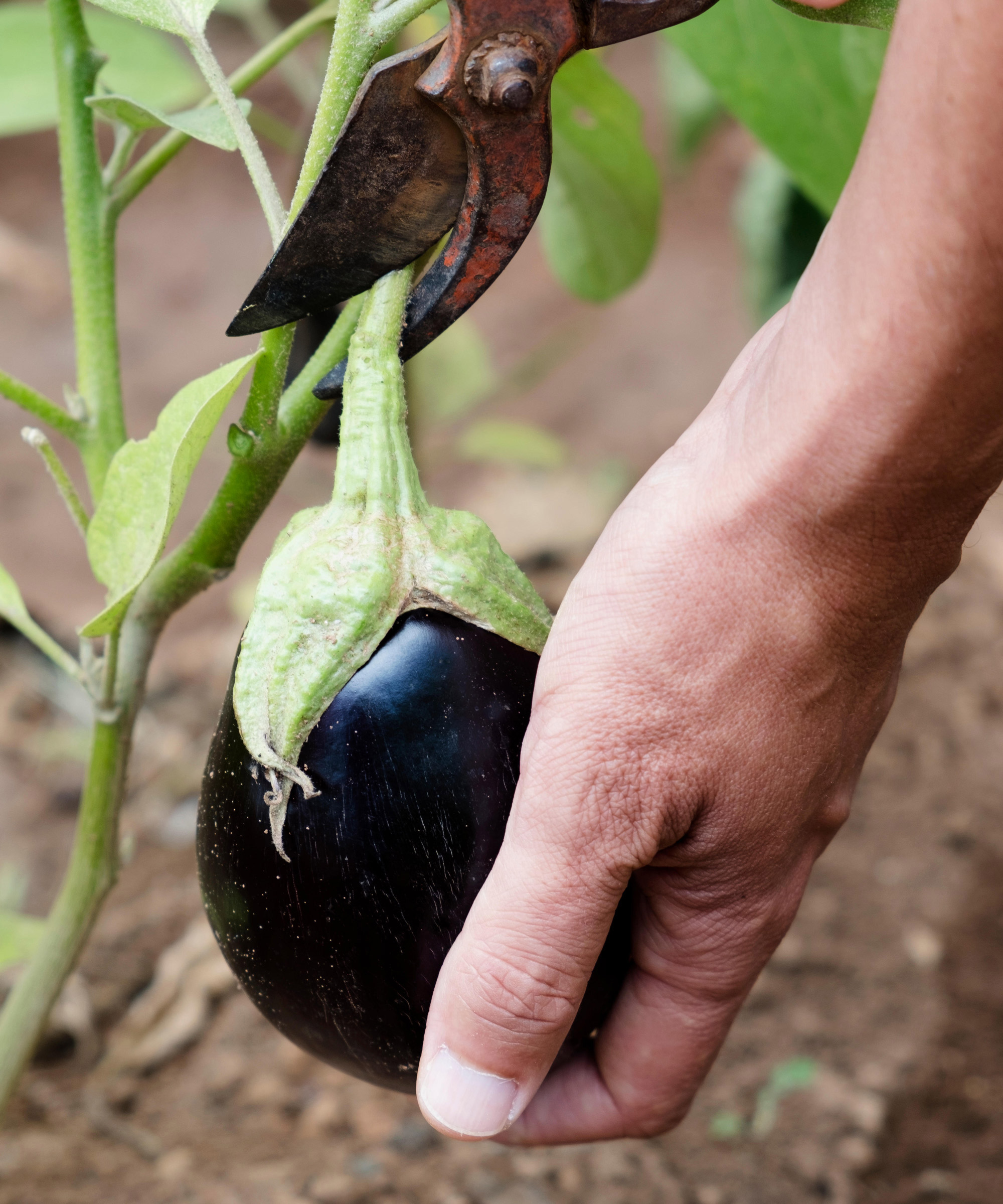
As mentioned above, any exact schedule may vary depending on your soil. However, a typical fertilizing schedule for growing eggplants starts with adding compost or well-rotted manure into the soil before planting the vegetable in your yard. Supplementing organic matter to the soil will improve the structure and moisture-holding capacity and provide essential nutrients that can help eggplants get off to a healthy start.
Add a handful of slow-release balanced fertilizer when transplanting seedlings into the vegetable garden, or greenhouse if you grow in cooler climates. Providing extra nutrients at this stage helps the plants acclimatize to their new surroundings and develop a strong, healthy set of roots.
When the plants start setting fruit, eggplants benefit from light and regular fertilizing with a plant food high in phosphorus and potassium. These nutrients help to develop and ripen fruit, meaning an abundance of eggplants to pick. A fortnightly feed with liquid plant food when you water plants will boost fruiting.
‘Routine fertilizing will help the plant thrive,’ says Gail Pabst, gardening expert and Marketing Director for the National Garden Bureau. She advises the importance of picking the right feeds for eggplants, and the potential pitfalls of getting it wrong, adding: ‘Too much nitrogen in the fertilizer will lead to a large, bushy plant without a lot of fruit. ‘

Gail Pabst is the marketing director for the National Garden Bureau. This non-profit organization helps promote, educate, and inspire gardeners. Gail has a Horticulture degree from the University of Illinois and has worked in the industry for over two decades.
How to choose the best fertilizers for eggplants
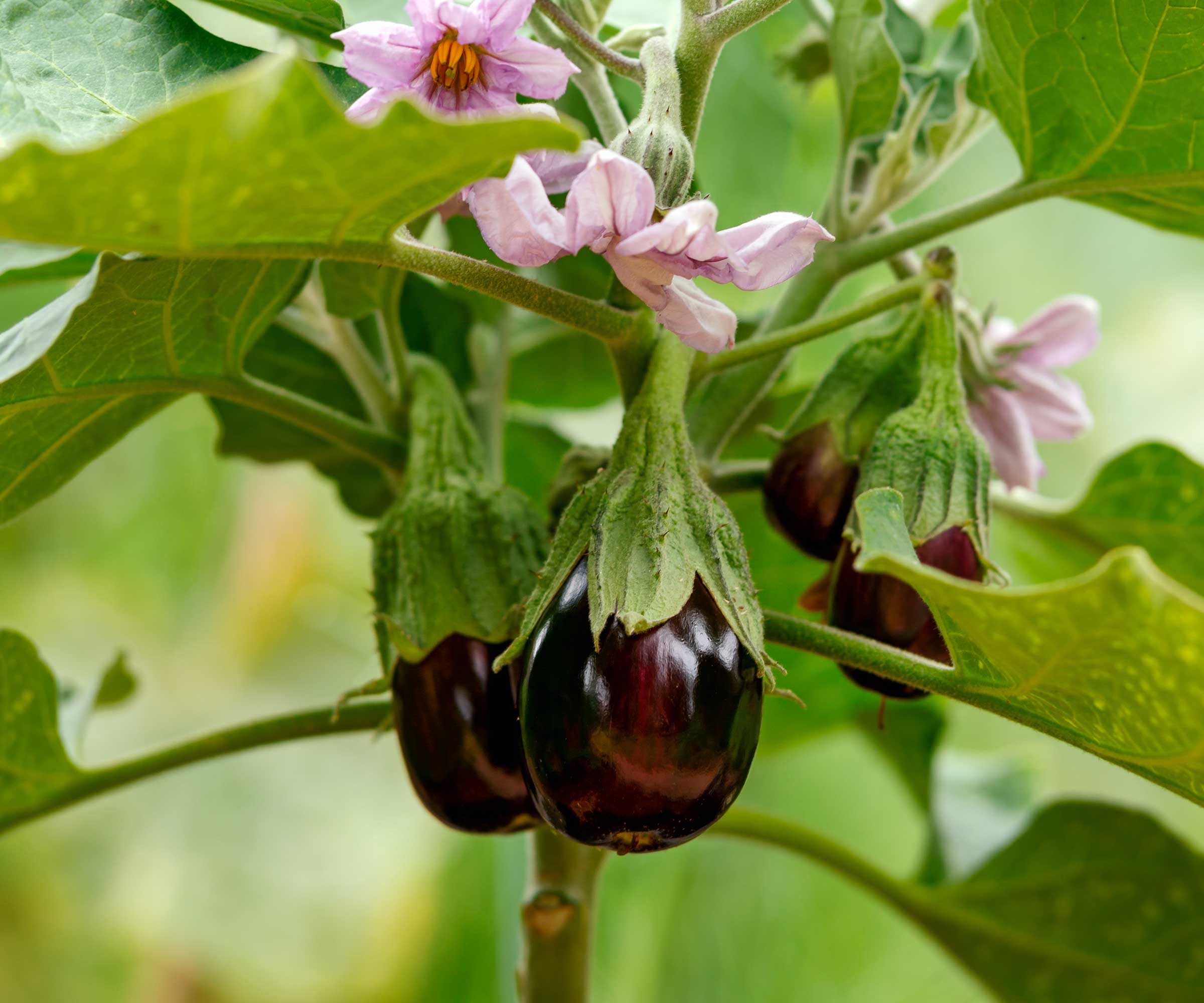
There is a choice of organic and synthetic fertilizers that can be used to feed eggplants. Pick the right fertilizer for the growing stage based on the makeup of nitrogen, phosphorus, and potassium. These will be displayed as three plant fertilizer numbers on the packaging of any products.
Do your research to use the right feed to supply the required nutrients and not have any unwanted eggplant growing mistakes - such as lots of vegetative growth from too much nitrogen as touched on above - and always apply feeds at the recommended rates to avoid over-fertilizing plants.
A balanced fertilizer to add at the time of planting, or just after, should be a slow-release granular product to be mixed in with the soil. Such products deliver their nutrients slowly and steadily to plants over a long period. A good example is this organic fertilizer, available at Amazon, designed for feeding fruits and vegetables that can feed plants for several months.
As mentioned, applying at the right rates is important. If you are nervous about overfertilizing then these organic vegetable fertilizer spikes available at Amazon can help. They are pre-measured, can feed for up to eight weeks, and the spikes just need to be pushed into the ground. Such spikes can be more expensive than other products, but don’t make a mess and can give peace of mind.
If plants are not flourishing and growing slowly, they may benefit from a general feed of a balanced liquid feed. Such liquid plant foods are fast-acting and release their nutrients quickly - perfect if your eggplant needs a quick pick-me-up or if you did not add a balanced fertilizer when planting. This liquid all-purpose plant food available at Walmart is mixed with water and can instantly give plants a quick fix of nutrients.
A feed high in phosphorus and potassium to give eggplants once they start flowering is typically one designed for growing tomatoes. These can be organic or inorganic and are designed to provide the right nutrients for flowering and developing fruits. Such fertilizers can be granular or liquid, such as this organic tomato plant food available from Amazon that is mixed with water and applied when you water plants every 2-4 weeks throughout the summer.
The type of fertilizer you use in a vegetable garden will depend on personal preference and budget. However, there are beneficial products to choose from whether you prefer organic or inorganic fertilizers. There is also scope to make a plant fertilizer, for example, using other plants or kitchen leftovers to make homemade tomato fertilizer. Comfrey fertilizer is also really simple to make at home and is rich in nutrients.
FAQs
Is bone meal good for eggplants?
Bone meal is a fertilizer derived from animal bones. It has a high level of phosphorus and is beneficial for eggplants to help develop and ripen fruits. Bone meal also contains lots of calcium, which can combat the common disorder known as blossom end rot - where dark, sunken patches appear on the end of fruits. Blossom end rot, which is also common when growing peppers and tomatoes, is caused by a lack of calcium. You can get an organic bone meal at Burpee.
Do eggplants like eggshells?
Eggplants can benefit from the addition of eggshells in the soil around them. Using eggshells around plants is a good way of adding calcium to the soil. Grind the eggshells into a powder and mix it into the soil around your eggplants. Alternatively, you can mix ground eggshells with water and pour it over plants.
Fertilizing is a no-brainer when it comes to growing eggplants, however, one thing that does split opinions is pruning. Many growers do not prune and get a great crop, while others claim trimming keeps plants healthy and can boost fruit production. Would you consider pruning eggplants? I have never done it when growing the crop but would be interested in an experiment to see the differences it offers.
Sign up to the Homes & Gardens newsletter
Design expertise in your inbox – from inspiring decorating ideas and beautiful celebrity homes to practical gardening advice and shopping round-ups.

Drew’s passion for gardening started with growing vegetables and salad in raised beds in a small urban terrace garden. He has worked as a professional gardener in historic gardens and specialises in growing vegetables, fruit, herbs, and cut flowers as a kitchen gardener. That passion for growing extends to being an allotmenteer, garden blogger, and producing how-to gardening guides for websites. Drew was shortlisted for the New Talent of the Year award at the 2023 Garden Media Guild Awards.
-
 How to weed a garden quickly – professional gardeners reveal the five-minute weeding jobs to do now and get your yard summer-ready
How to weed a garden quickly – professional gardeners reveal the five-minute weeding jobs to do now and get your yard summer-readyShort on time? These time-efficient tasks will keep on top of problem plants
By Thomas Rutter
-
 Suddenly, every stylish room has this one simple piece of furniture in common – why designers are loving the versatility of the humble stool
Suddenly, every stylish room has this one simple piece of furniture in common – why designers are loving the versatility of the humble stoolBehold, the humble stool. A welcome addition to any room, stools are a much-loved household essential that interior designers love for these 5 reasons
By Eleanor Richardson
-
 Small yard but want to grow your own crops? This wooden cold frame is 40% off at Wayfair – and it's perfect for tiny patios and apartments
Small yard but want to grow your own crops? This wooden cold frame is 40% off at Wayfair – and it's perfect for tiny patios and apartmentsCold frames are a sensible investment for any gardeners struggling for space on balconies, backyards or patios
By Thomas Rutter
-
 7 of the best tomatoes for growing in pots – expert growers pick their top varieties ideal for large harvests from containers
7 of the best tomatoes for growing in pots – expert growers pick their top varieties ideal for large harvests from containersYou can enjoy bumper homegrown harvests in small spaces
By Drew Swainston
-
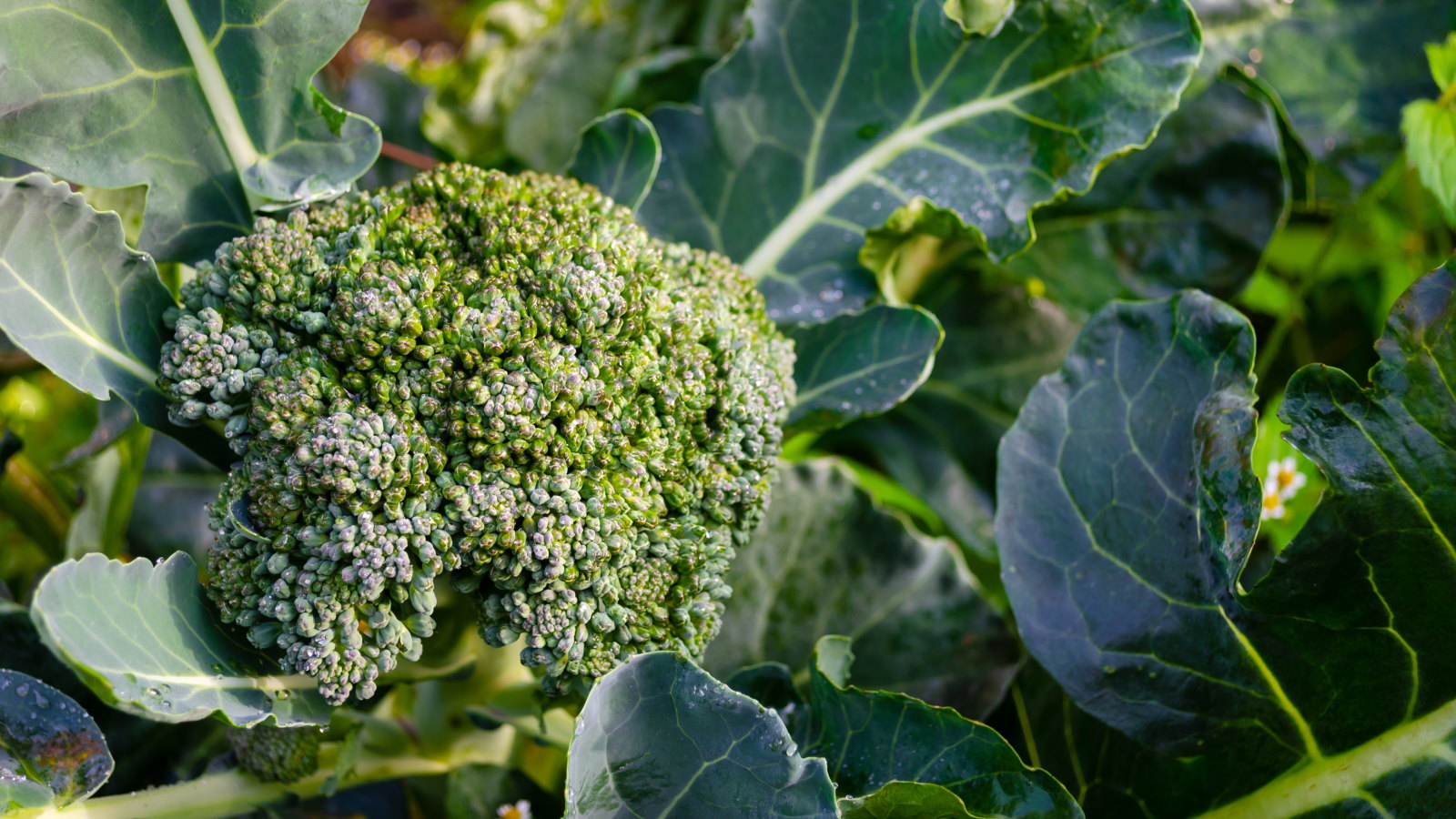 These 5 plants can help you get the best, and potentially tastiest, broccoli ever – discover what to plant with broccoli, and what to avoid
These 5 plants can help you get the best, and potentially tastiest, broccoli ever – discover what to plant with broccoli, and what to avoidOur selection of vegetables, herbs, and flowers is perfect for companion planting with broccoli
By Drew Swainston
-
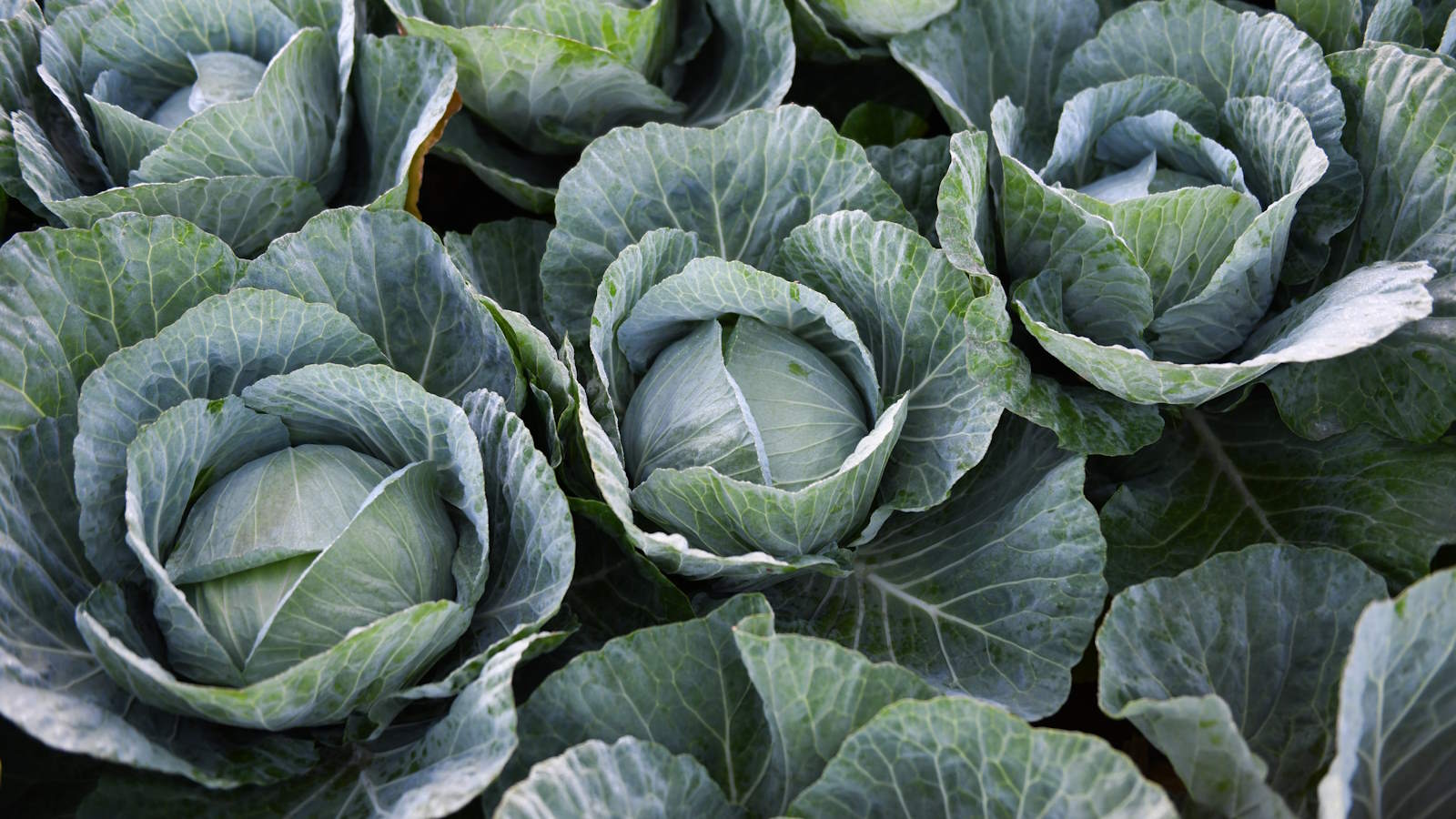 How to grow cabbages in containers – expert tips for top harvests in small urban spaces
How to grow cabbages in containers – expert tips for top harvests in small urban spacesYou can grow lots of different cabbages in pots, troughs, grow bags, or buckets
By Drew Swainston
-
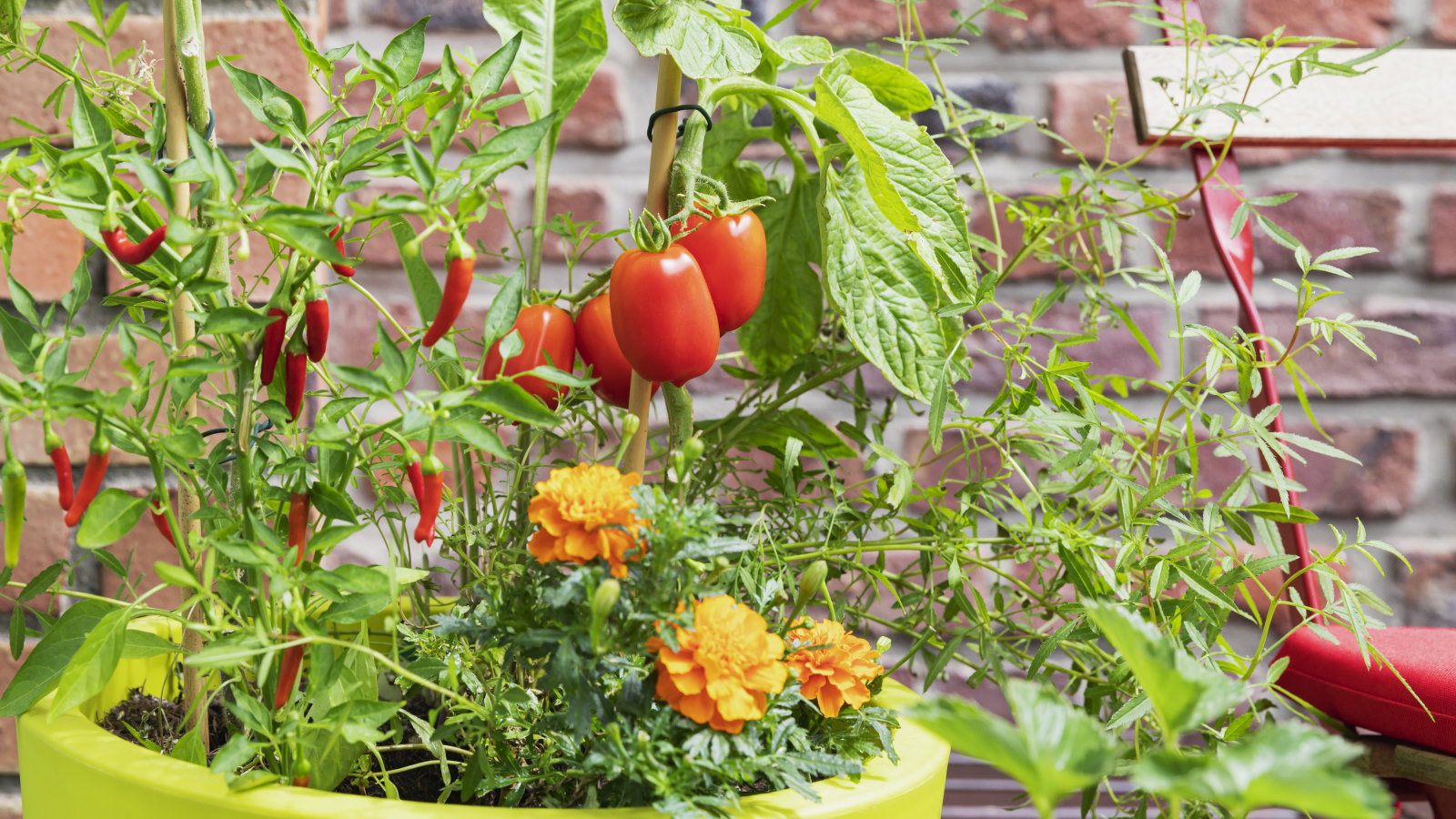 You'll get the best homegrown tomato crops if you plant them next to this one flower – discover why these two are a dream combination
You'll get the best homegrown tomato crops if you plant them next to this one flower – discover why these two are a dream combinationYour tomato plants will be pest-free and covered in fruits
By Drew Swainston
-
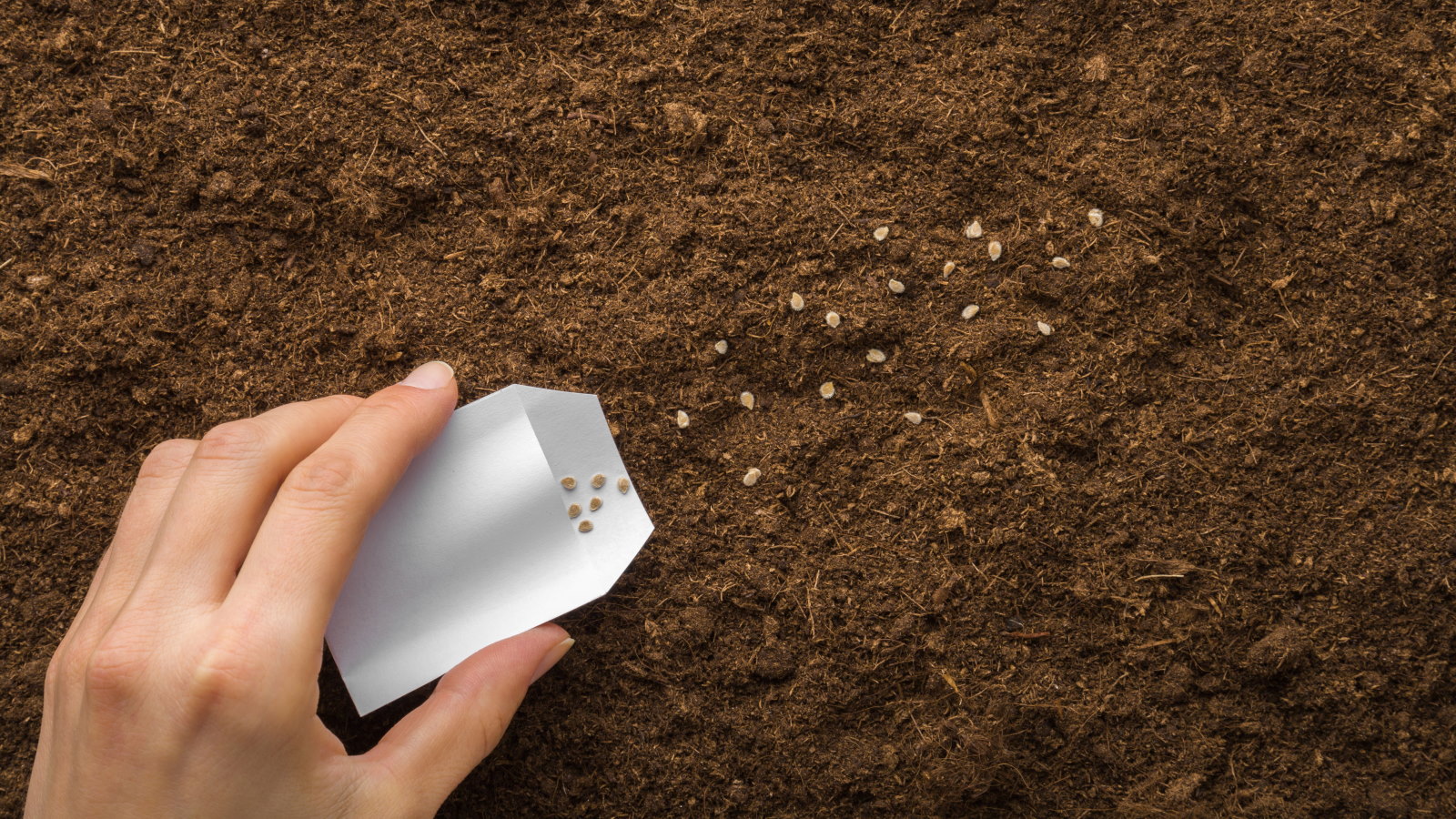 Direct sowing vs transplanting – our grow-your-own expert advises which is best, and shares 5 veggies you should always sow directly
Direct sowing vs transplanting – our grow-your-own expert advises which is best, and shares 5 veggies you should always sow directlyBoth approaches to sowing vegetables have pros and cons
By Drew Swainston
-
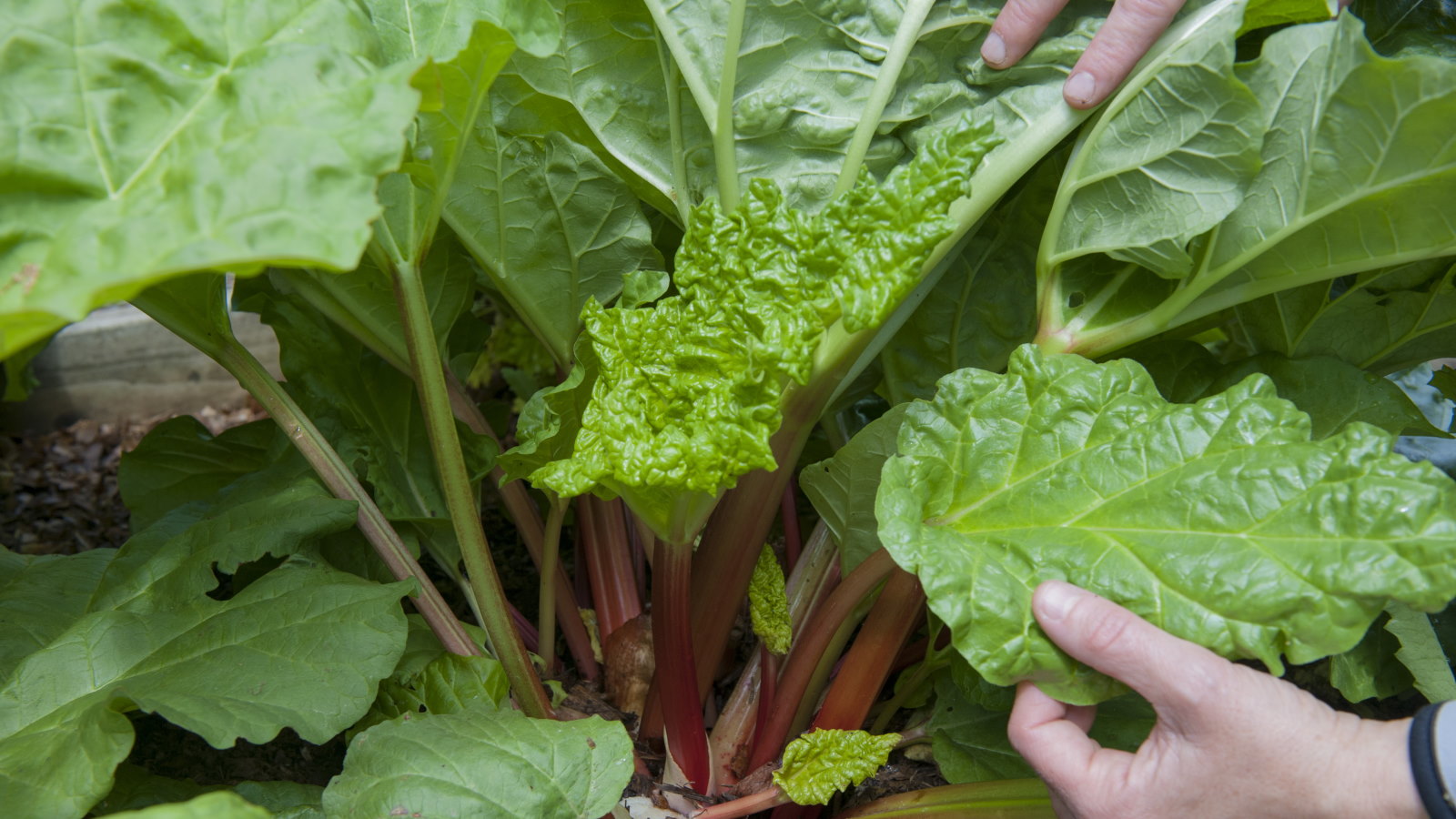 I grew rhubarb from seed for years – here’s exactly how to do it for guaranteed germination and healthy crops of fruit
I grew rhubarb from seed for years – here’s exactly how to do it for guaranteed germination and healthy crops of fruitGrowing rhubarb from seed is a cost-effective way to propagate plants, but it requires care and patience
By Drew Swainston
-
 4 reasons you should plant trees in a vegetable garden – plus experts reveal the secrets to help you reap the rewards
4 reasons you should plant trees in a vegetable garden – plus experts reveal the secrets to help you reap the rewardsSee how agroforestry principles can help boost your soil and harvests
By Drew Swainston